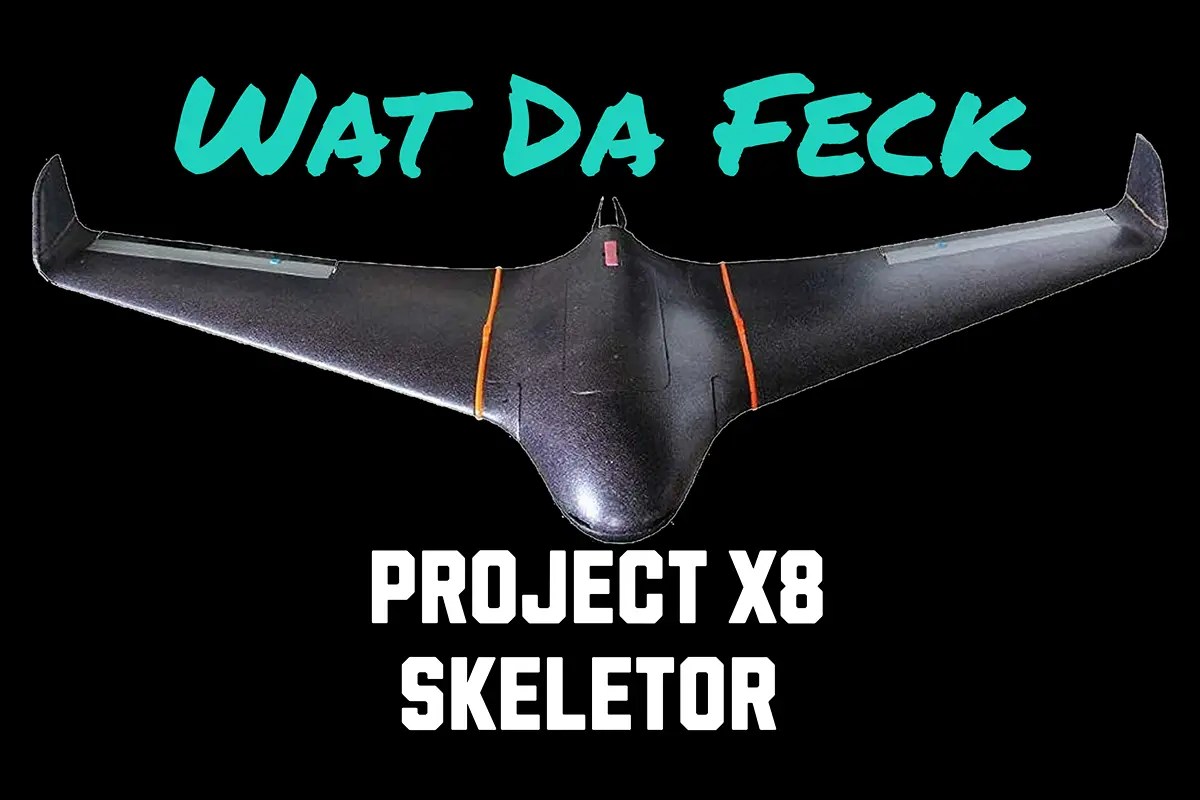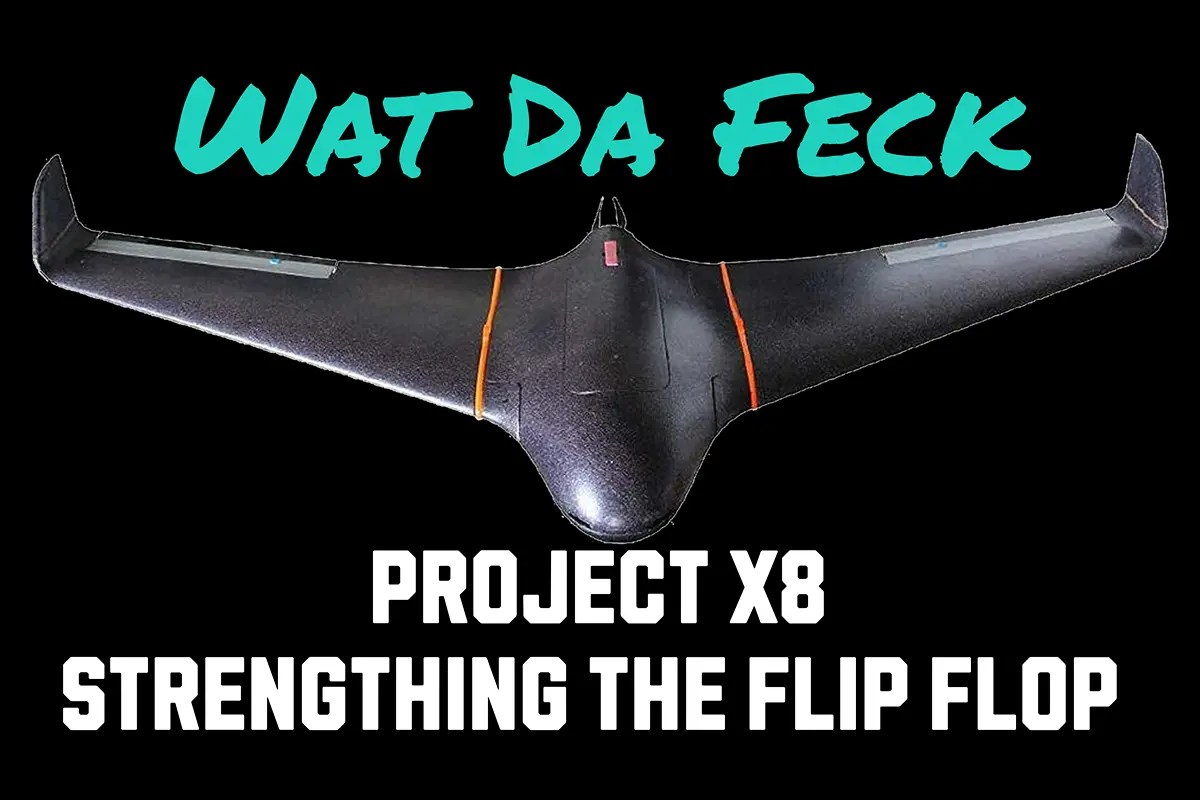Every RC plane build eventually runs into the AUW question:
“How heavy is this thing actually going to be… and will the motor laugh at me, or cry?”
For Project-X8, that meant sitting down with a notepad, a scale, and just enough optimism to believe the numbers would work out.
What is AUW?
AUW = All-Up Weight = everything that actually leaves the ground.
Not just the bare airframe. Not just the shiny motor. We’re talking the whole shebang:
- Airframe
- Wings (plus extensions)
- FPV gear
- Autopilot + sensors
- Batteries (the big one!)
- Reinforcements (carbon spars, fiberglass)
- Random extras we’ll swear are “essential” later
It’s the difference between a plane that floats gracefully and one that lands like a sack of wet cement.
The Calculations (Foam Meets Kitchen Scales)
Here’s how the numbers break down:
| Component | Weight (g) estimates | Notes |
|---|---|---|
| Skywalker X8 bare airframe (fuselage + stock wings) | 1,200 g | baseline |
| Wing extensions (2 × 80 mm at root) | 200 g | foam inserts |
| Fiberglass cloth + polyurethane varnish | 400 g | thin but tough skin |
| Carbon spars (2 × 4 mm square × 800 mm) | 80 g | rigidity boost |
| Servos (5 × 30 g each) | 150 g | elevons + rudder/stab |
| Autopilot (BeagleBone Blue + sensors, GPS, etc.) | 250 g | includes wiring |
| Secondary GPS + backup sensors | 100 g | redundancy FTW |
| RX5808 diversity receivers + LCD | 150 g | ground-based gear mounted onboard |
| FPV gear (camera, VTX, antenna) | 200 g | 5.8 GHz setup |
| LEDs, buzzer, odds & ends | 100 g | hot glue not included… yet |
| Battery pack (6S 10,000 mAh LiPo) | 1,500 g | the big weight |
| Mounting hardware, tape, velcro | 100 g | never underestimate velcro |
Subtotal: 4,430 g
Add in ~5% “builder’s margin” for wires, connectors, and over-enthusiastic glue = ≈4,650 g AUW
Thrust-to-Weight Check
Our motor: SunnySky X4110S (because, honestly, we already had one sitting on the shelf).
- On a 6S with a 15×8 prop: ~2.8 kg thrust
- Thrust-to-weight ratio = 2.8 ÷ 4.65 = 0.6 : 1
That might not sound like fighter-jet territory, but remember:
- The X8 is a cruiser, not a drag racer.
- A T:W of ~0.5–0.7 is perfect for efficient, long-endurance flight.
- The wide wing gives plenty of lift to carry the load.
In other words, by sheer luck (and garage inventory), the motor fits the bill almost perfectly.
Why It Matters
AUW isn’t just a scary number. It tells us:
- Whether the motor/prop combo is enough
- Whether we can realistically expect 30–60 minutes of flight
- Whether the wings can take it (thanks carbon spars)
Without it, you’re basically throwing a foam brick and hoping physics feels generous that day.
Final Thoughts
Project-X8’s AUW came together with a mix of careful weighing, rough maths, and good fortune. And the motor? Well, sometimes the best engineering decision is just already owning the right part.





